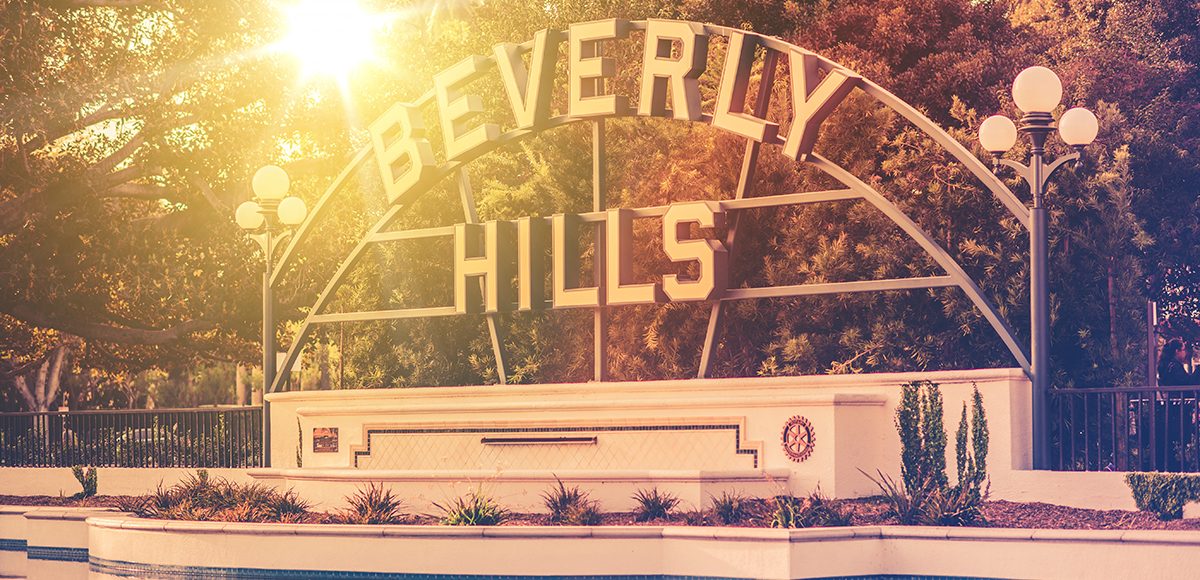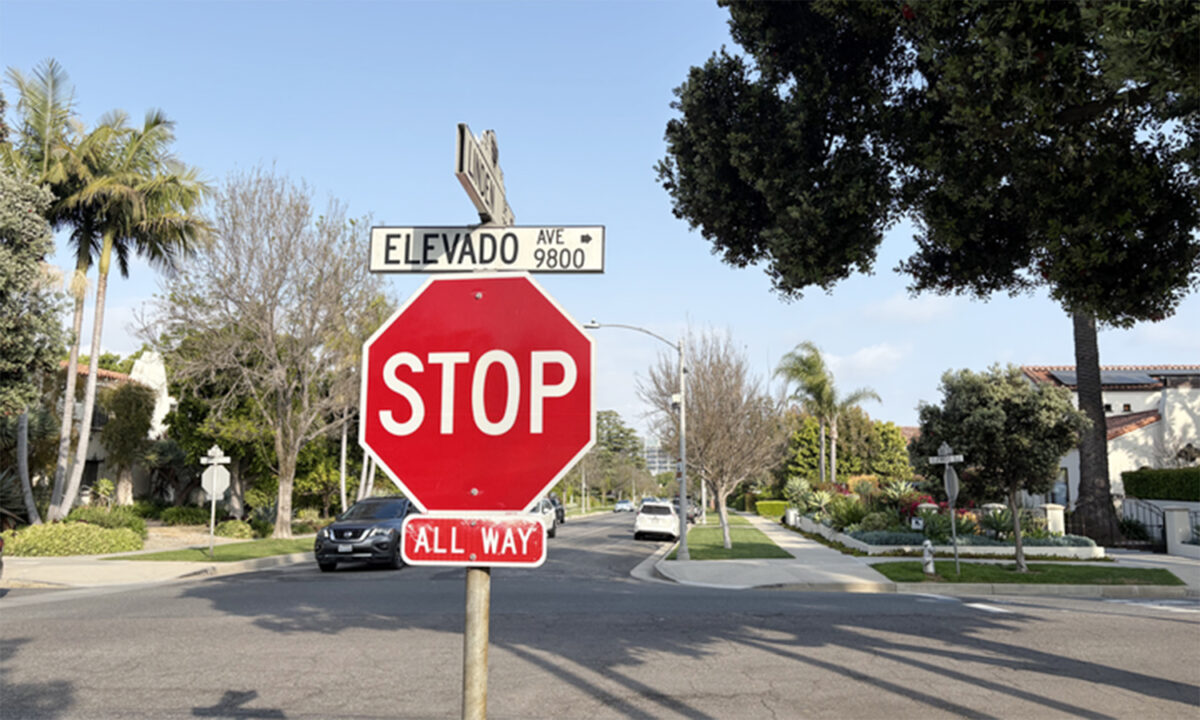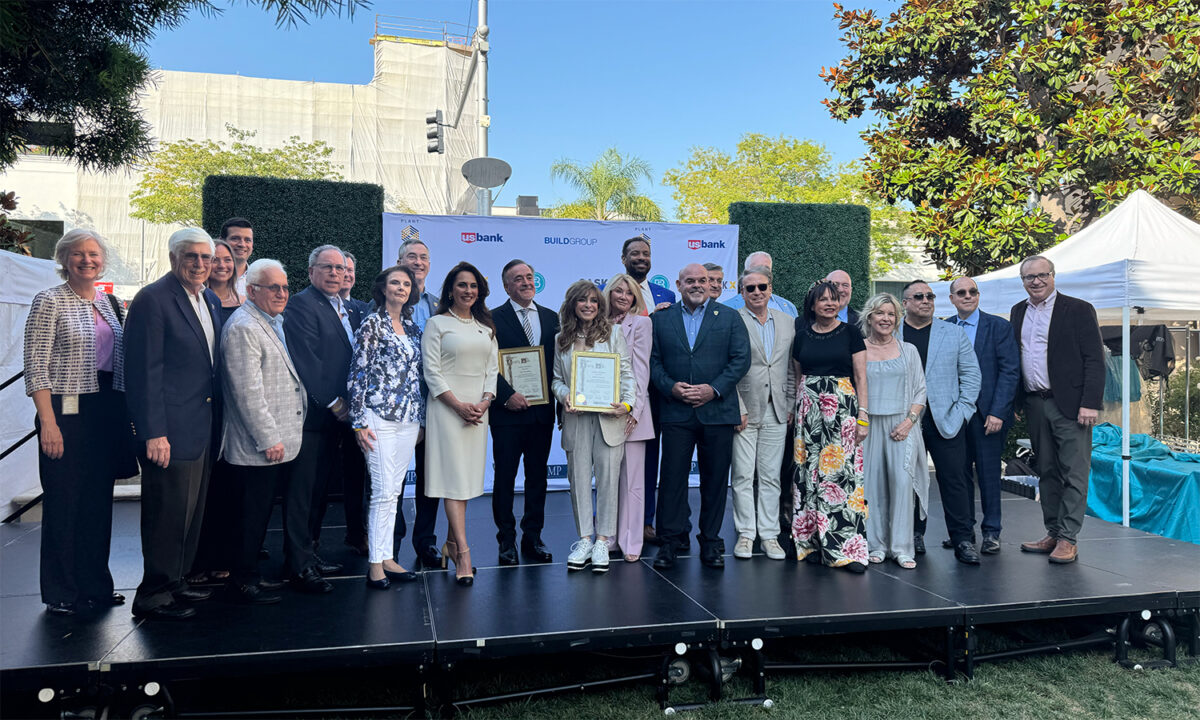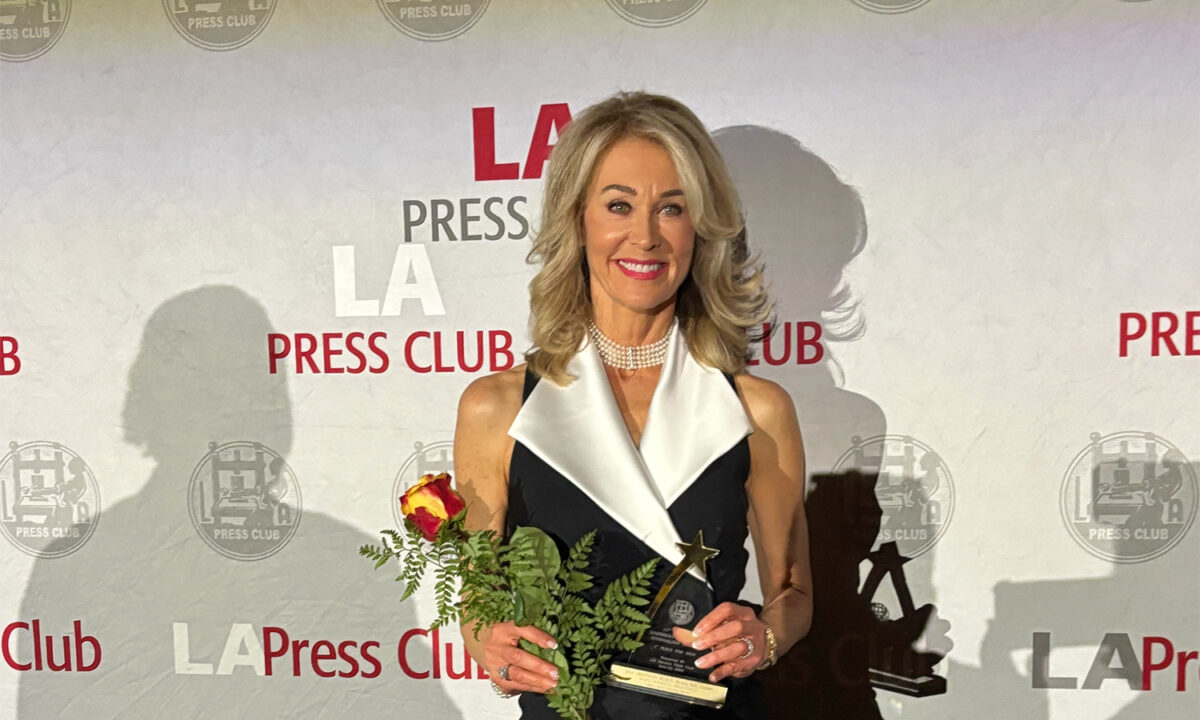Just over a decade has passed since the City of Beverly Hills passed its inaugural Sustainable City Plan in 2009. In the intervening years, much has changed in terms of global knowledge about sustainability – and it’s with that in mind that the City now prepares to update its Sustainable City Plan.
“Overall the City has done very well in its first 10 years of trying to be sustainable,” Environmental Compliance and Sustainability Programs Manager Josette Descalzo told the Courier. Descalzo is currently in the midst of presenting the updated plan to the City’s 11 active commissions in anticipation of bringing it forward to City Council in June.
Designed to represent the aspirations of the community to become more sustainable, the plan provides a list of potential programs and the foundation on which the City can build a unified sustainability strategy. A Task Force completed the new draft, which codifies the City’s updated goals, objectives, policies and implementation strategies using the guiding principles that were adopted in the 2009 Sustainable City Plan. Following input from City commissioners about their visions for the City’s future, staff will subsequently incorporate comments in the final draft.
“Sustainability is a necessity and an opportunity to enhance lives in Beverly Hills by having a healthy local and regional environment, a resilient economy and a vibrant community that embraces innovation,” the plan states. “Sustainability in simple terms is the ability to maintain or improve standards of living without damaging or depleting natural resources for present and future generations.”
In recent years, the City has adopted or is in the process of adopting several plans that touch on sustainability, such as the Water Enterprise Plan, the Draft Completed Streets Plan, and the Urban Forest Management Plan. Other current sustainability initiatives include the development of the Climate Action and Adaptation Plan (CAAP) and single-use plastic and styrofoam ban time schedule.
By using resources in an efficient and effective manner in concert with innovative technologies, the plan aims to help the City protect the environment, achieve a resilient economy, and enhance livability.
A key element of the plan is the reduction of the number of sustainability factors from nine in 2009 to six, which are comprised of the following: Community Education & Civic Participation; Resource Conservation (Energy, Water, Materials & Waste, Climate Change & Air Quality); Land-Use, Transportation & Open Space; Environmental & Public Health; Sustainable Local Economy; and Social Equity.
Another change is the introduction of scoring and reporting criteria, which was not developed in the 2009 Sustainable City Plan. As a result, the new plan found it “difficult to quantitatively assess the City’s progress towards sustainability.” However, the Task Force was able to compile 150 programs and projects that stemmed from the suggested 63 implementation strategies listed in the original plan.
Going forward, the draft plan proposes to monitor the progress of the implementation strategies via a bi-annual “report card” which will be presented every two years to the City Council.
For example, in an effort to engender “Resource Conservation,” the plan proposes to reduce overall community consumption of non-renewable and non-recyclable materials, water and energy, in addition to reducing overall Green House Gas (GHG) emissions. With policies designed to achieve carbon neutrality Citywide by the year 2050, the draft plan paints broad brush strokes in order to achieve that objective.
“We’re always looking to be a more sustainable City and it’s critically important to examine and reduce our carbon footprint and be a wonderful place for future generations to live,” Mayor John Mirisch told the Courier.







